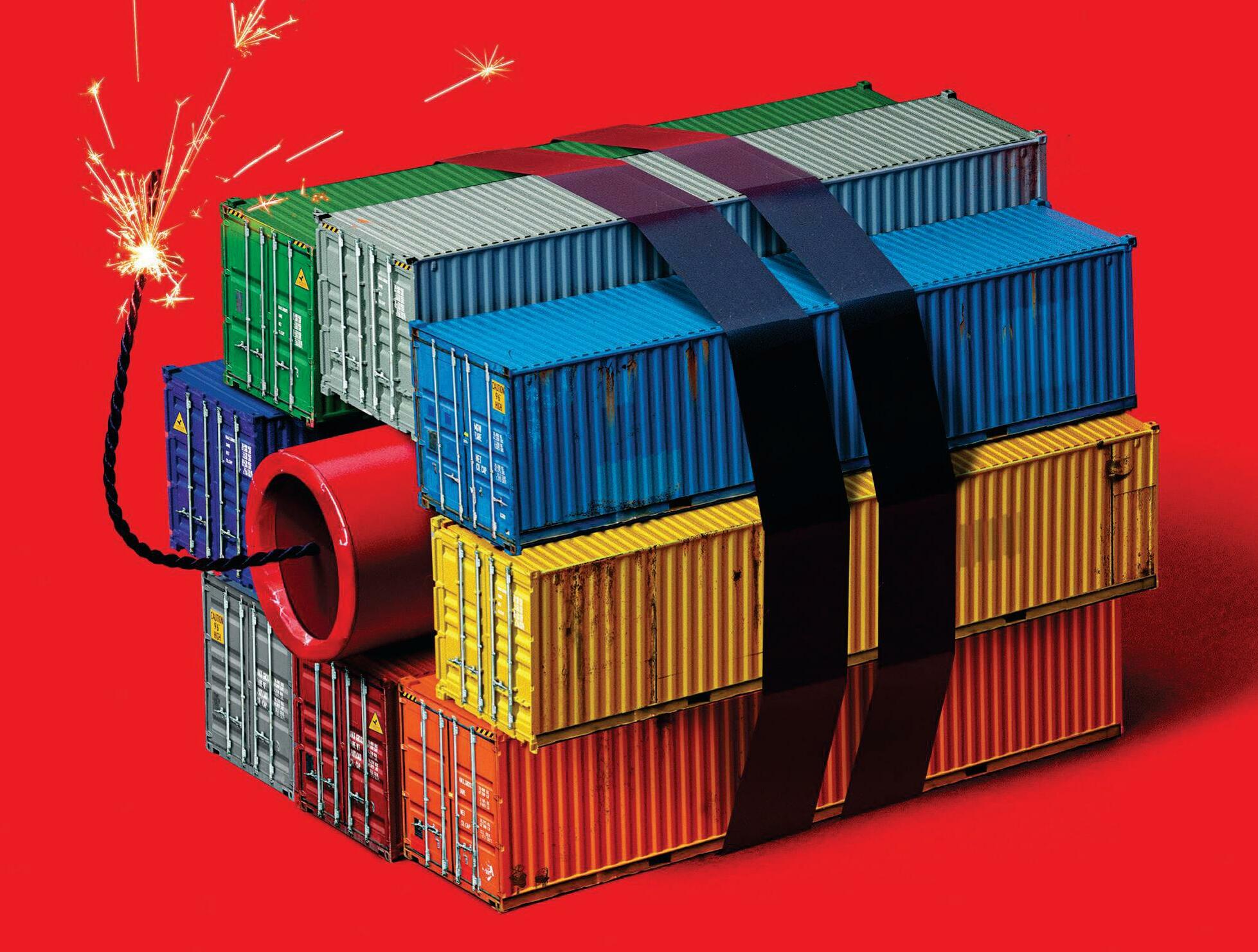Prøve GULL - Gratis
HOW TO SURVIVE A TRADE WAR
Fortune Asia
|April - May 2025
THE FIRST FEW MONTHS of President Donald Trump 2.0 have drawn comparisons to the deregulation era of Ronald Reagan, the industrial policy of Alexander Hamilton, the roaring ebullience of the 1920s, the fervid patriotism of the 1950s, and the harsh cultural divisions of the 1960s.

But when it comes to one of Trump’s signature policy initiatives, tariffs on foreign goods entering America, the precedent in history is clear: The increases in tariffs imposed or suggested by Trump would bring U.S. import taxes to a level last seen some 80 years ago, in the mid-1940s. Those were the last years of a protectionist era in U.S. trade policy, which started in the 1920s and endured through the Great Depression and World War II.
The 1947 establishment of the General Agreement on Tariffs and Trade (GATT), which effectively lowered global trade barriers, brought that chapter toa close, reducing tariffs to promote international trade. Lowering trade barriers after a nearly apocalyptic war left most of the U.S.'s industrialized peers in disarray was a clear benefit for American manufacturers, and the GATT set off the era of globalization that has only accelerated since. The GATT evolved into the World Trade Organization and was a precursor to the North American Free Trade Agreement that went into effect in 1994, supercharging the flow of goods between the U.S., Canada, and Mexico.
We appear to be in the midst of another sea change in trade policy. Trump's ever-shifting America First agenda has provoked an escalating trade war with the U.S.'s three largest trading partners: its two North American neighbors and China. And it penalizes the raw materials for some of the most American of goods—big cars, beer cans, homes, computer processors. Even the universally reviled Smoot-Hawley Tariff Act of 1930, which imposed a maximum 41% levy, affected only 1.4% of GDP, while Trump's promised tariffs as of March affect about 5% of the U.S. economy, or roughly $1.5 trillion worth of goods, according to the Peterson Institute for International Economics.
Denne historien er fra April - May 2025-utgaven av Fortune Asia.
Abonner på Magzter GOLD for å få tilgang til tusenvis av kuraterte premiumhistorier og over 9000 magasiner og aviser.
Allerede abonnent? Logg på
Listen
Translate
Change font size

